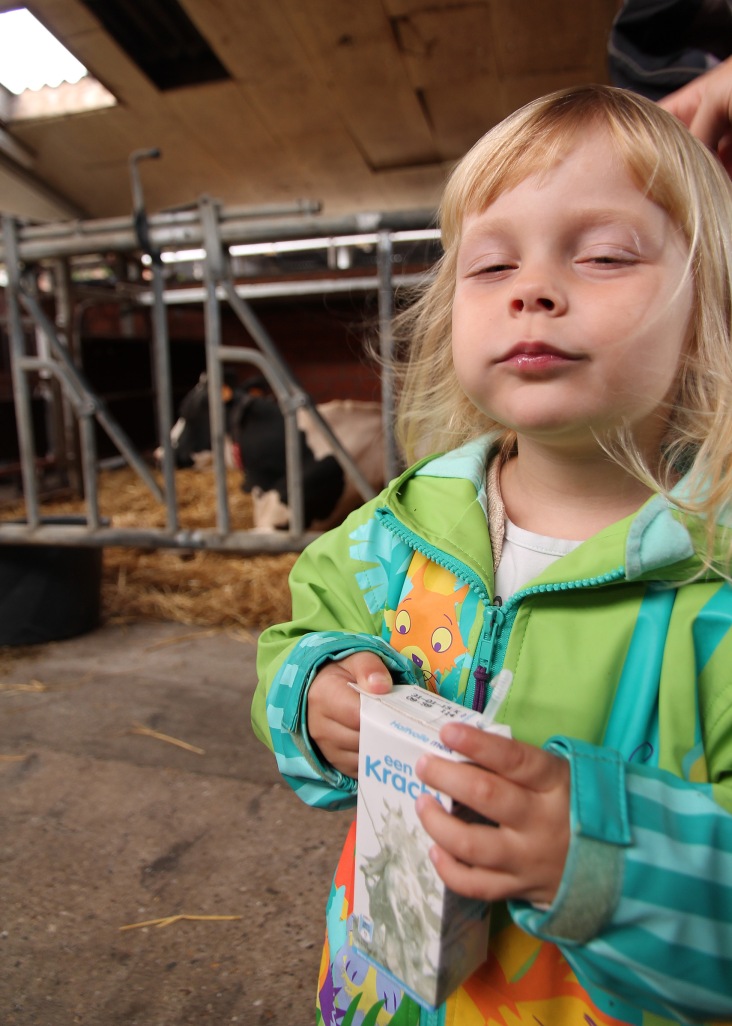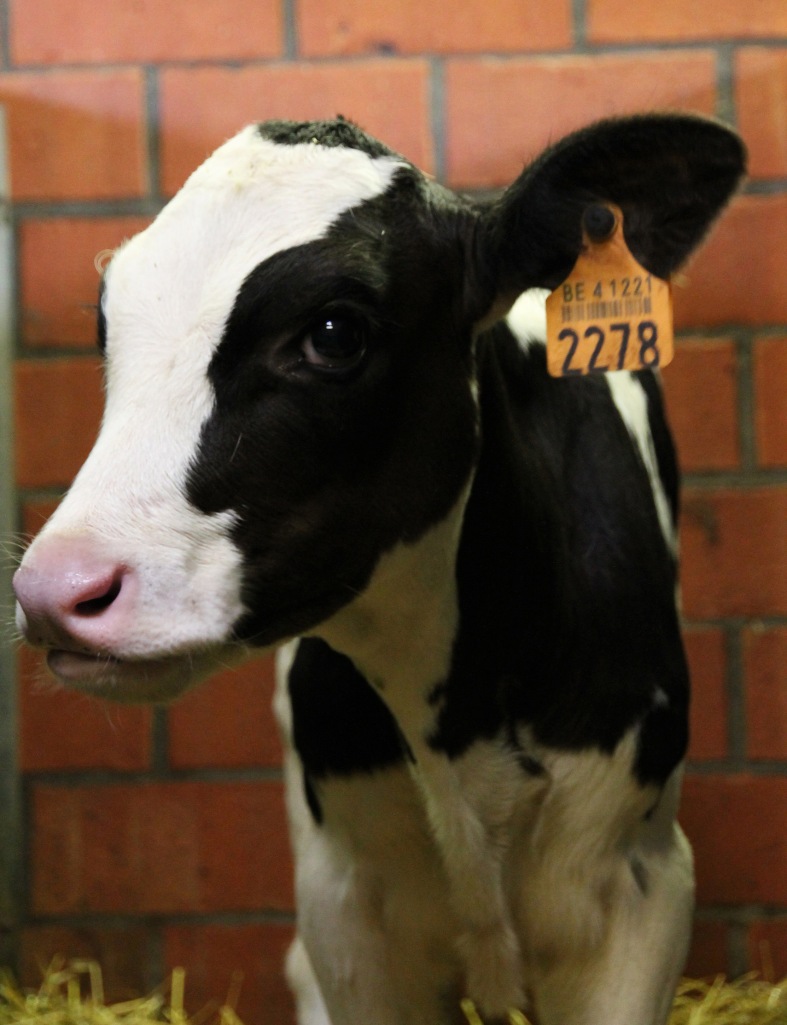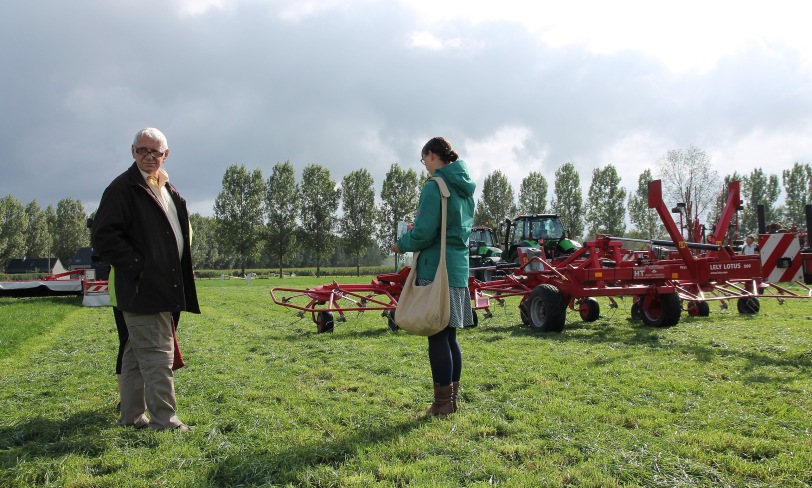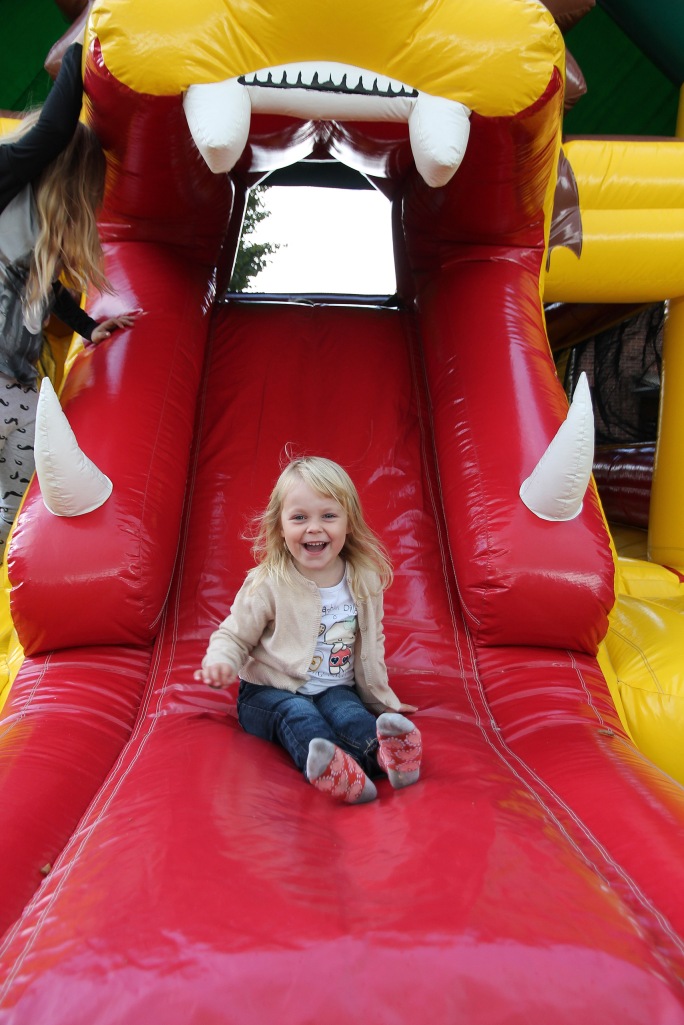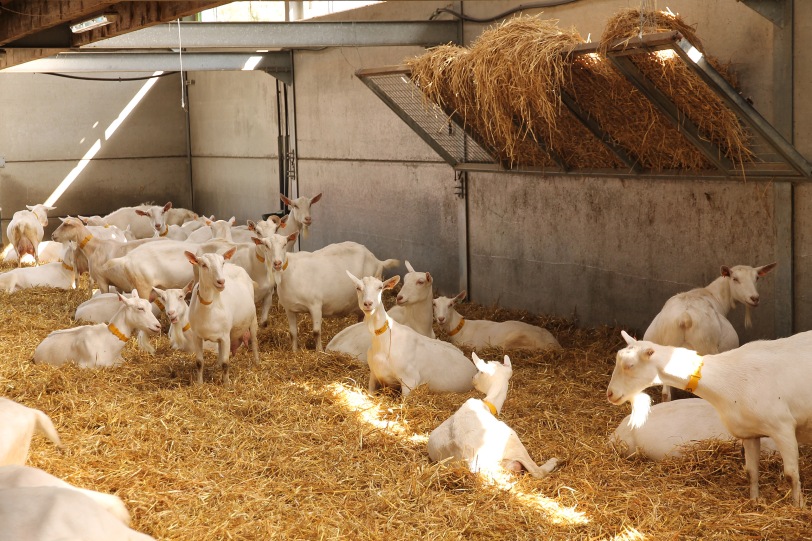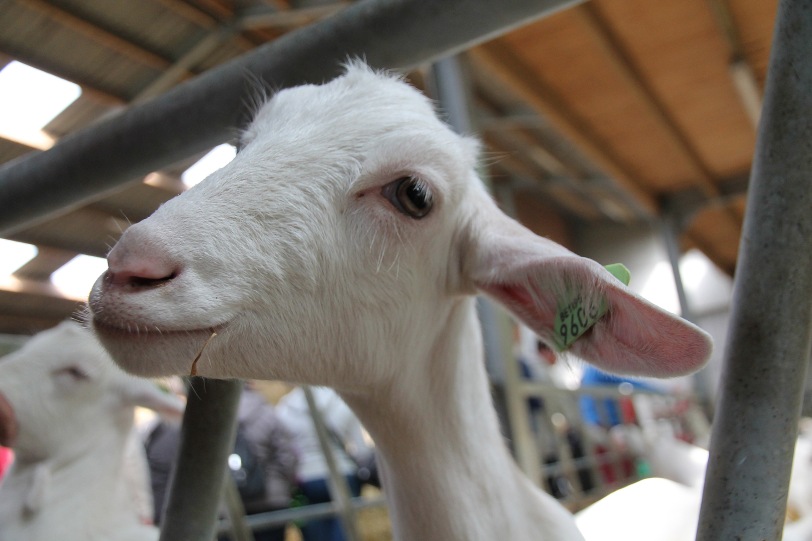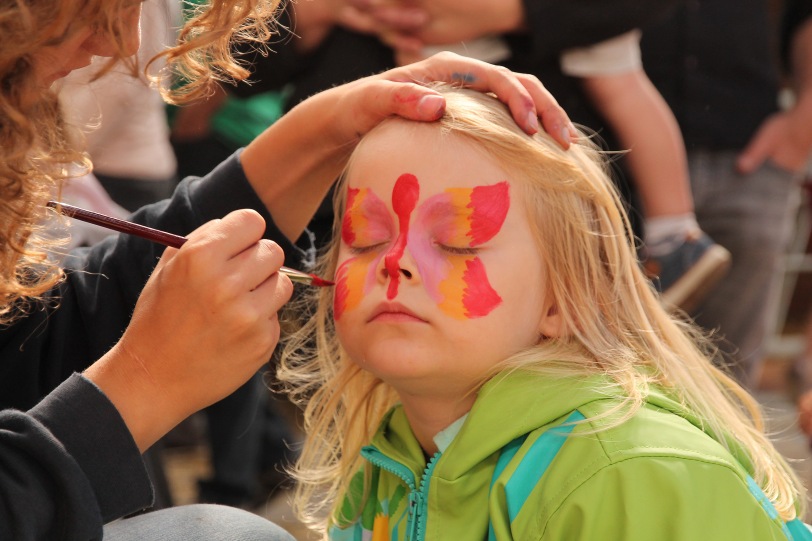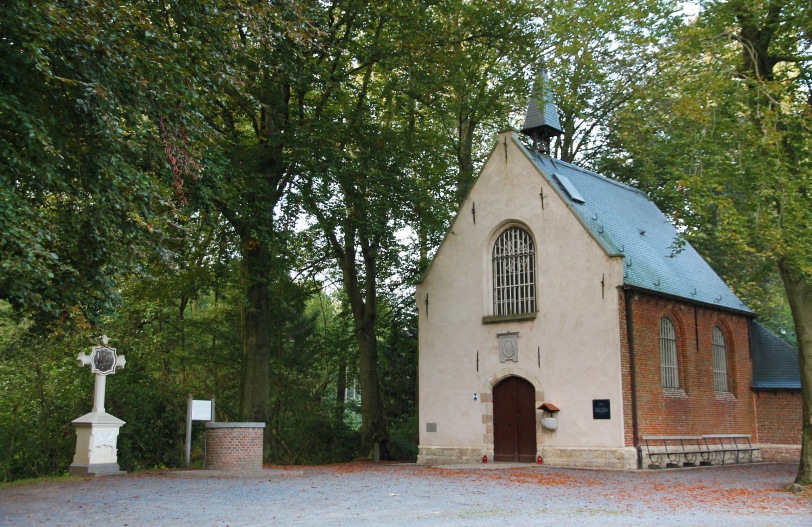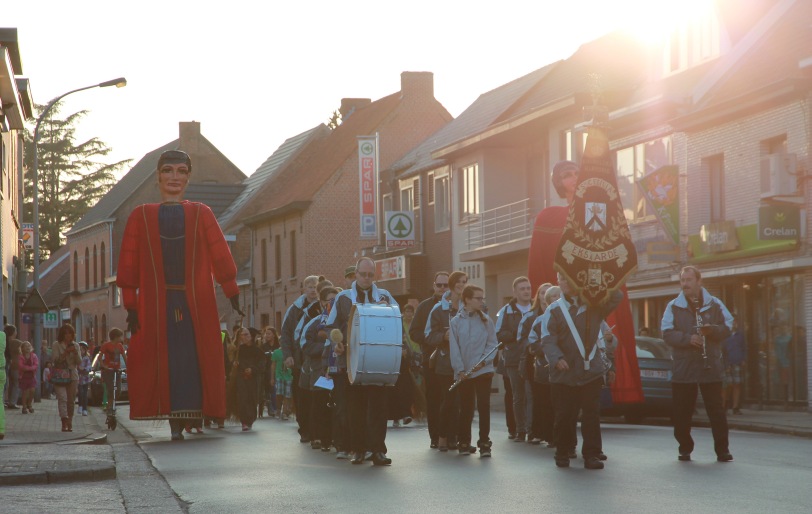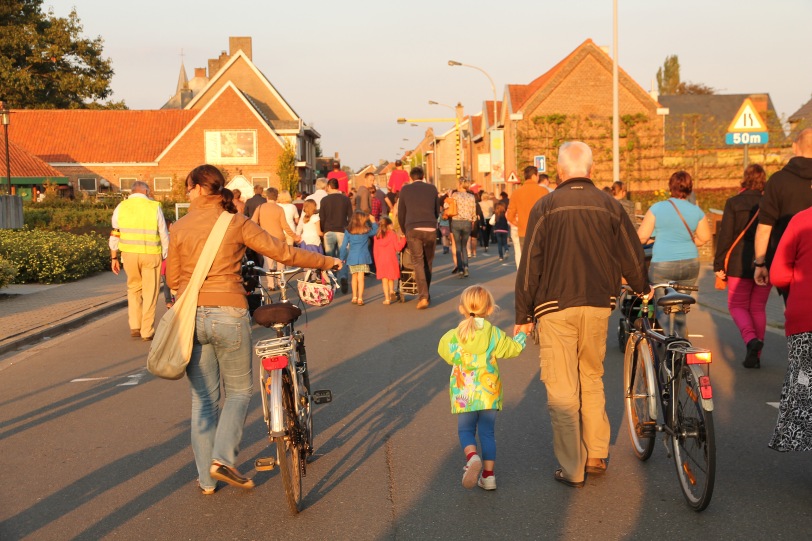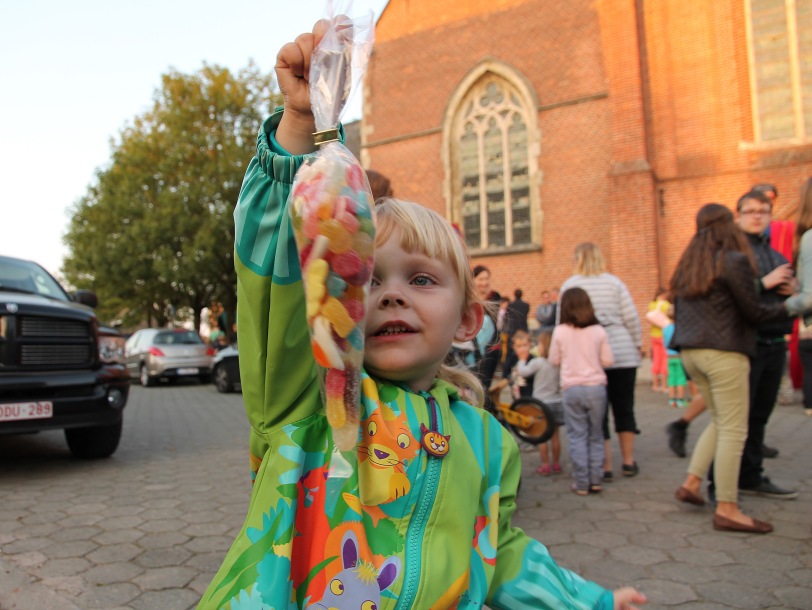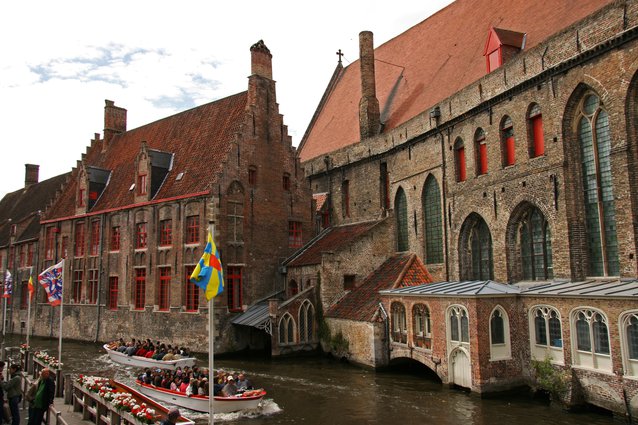We live in a small village called Eksaarde, which is part of the city of Lokeren, located halfway between Gent and Antwerpen (Belgium). The village is rather large in terms of surface area though, but most of that are meadows and crop fields. Eksaarde is green, agricultural and the people here are uncomplicated and easy-going. And they do like their traditions!
Last Sunday was the “day of agriculture” in Flanders, a day where a lot of farmers open up their business to the public. Given that our area has a lot of farming going on, it wasn’t difficult to pick out a few. Before noon, we visited a nearby dairy farm.
In the afternoon we went to a goat farm and cheese maker in the town of Zele. Besides visiting the goats themselves, there were also demonstrations of some old-style farming and crop processing methods.
Our little town of Eksaarde also has its own festivities. Every year in September, there is a week of celebration to commemorate the finding of 2 crucifixes in Eksaarde in the 14th century. It appears they are Byzantine artworks, stolen from Constantinople (or another city in that area) during the crusades in the 13th century. One of the crosses hangs in the church of our village, the other one can be found in a chapel 2 kilometers away: the Kruiskapel (Cross Chapel).
The Kruiskapel is a chapel built at the original spot where the two crucifixes were found, in the middle of the fields. During the festive week, a lot of people walk the 2km between both holy places, stopping at 14 stations of the cross: 14 small, 19th century chapels that depict the Calvary of Christ. This tour is known here as the “Negendaagse Begankenis naar de Wonderbare Kruisen“ (9-days tour of the miraculous crucifixes).
In the same week, there is a parade with the local fanfare, children dressed up as witches and the two processional giants of the village. The parade is short and ends at the church, but it brings out half of the village on the street. At the church, all children get some candy.
Since 2008, the processional giants and dragons in Belgium and France are protected by UNESCO as Intangible Cultural Heritage (http://www.unesco.org/culture/ich/RL/00153).
The celebrations also include a small kermis (fair).
In conclusion: the people of Eksaarde like their festivities and we definitely like to join in!
– M –




